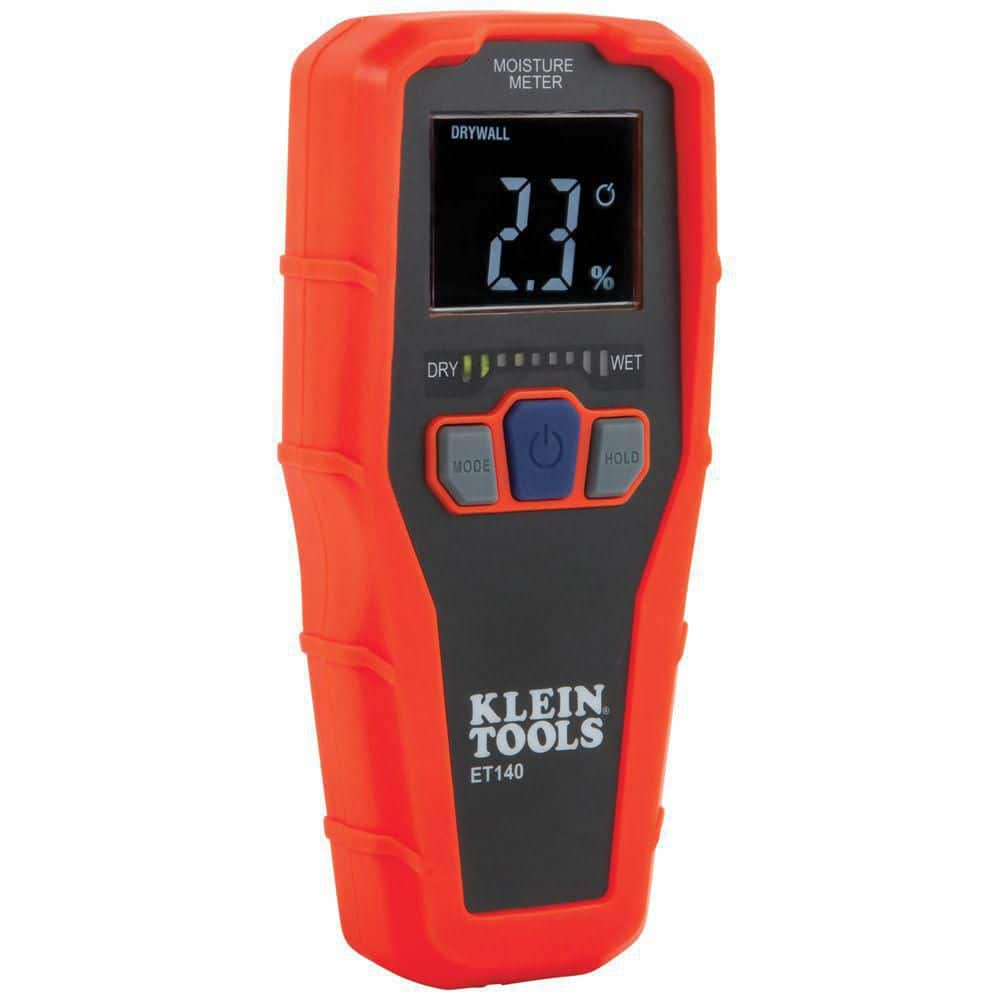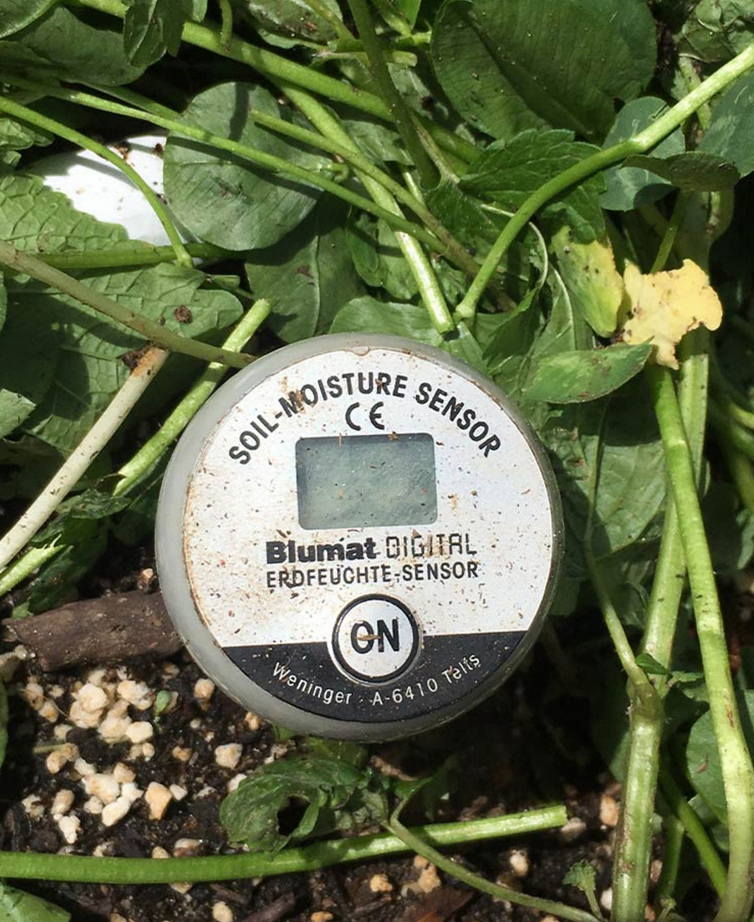Explore the World of Moisture Meters: Every Little Thing You Required to Know
In the realm of moisture meters exists a world of precision and usefulness that commonly goes unnoticed. These tools, while relatively straightforward, hold a wide range of info that can considerably influence different industries and applications. Recognizing how moisture meters run, the different kinds offered, and their diverse usages can clarify their value in guaranteeing top quality and effectiveness. By discovering the ins and outs of moisture meters, one can discover a valuable device that goes beyond simple dimension, providing understandings that can make a substantial distinction in numerous areas.
Exactly How Moisture Meters Work
Moisture meters run by measuring the electrical conductivity or capacitance of products to determine the moisture material existing. These meters are invaluable tools across numerous sectors, including woodworking, construction, and agriculture. By making use of various approaches such as pinless or pin-type technology, moisture meters provide accurate readings that help professionals make notified decisions.
Pin-type wetness meters work by placing the sharp pins into the material being evaluated. The electrical conductivity between the pins is then measured, with higher dampness degrees leading to increased conductivity. Moisture Meter. On the various other hand, pinless dampness meters make use of electro-magnetic signals to check a bigger area without triggering any damage to the material's surface. These meters are optimal for rapidly examining wetness levels in large locations or ended up products.
No matter of the technique used, moisture meters play a crucial duty in stopping issues such as mold and mildew development, structural damages, or product defects triggered by excess wetness. Understanding just how these meters work is essential for making certain the high quality and integrity of materials in various applications.
Sorts Of Moisture Meters
Provided the critical duty moisture meters play in numerous sectors, it is important to understand the various kinds offered to professionals for precisely assessing wetness levels - Moisture Meter. There are mostly 2 primary sorts of moisture meters: pinless and pin-type moisture meters

On the other hand, pinless dampness meters utilize electro-magnetic sensor plates to check a larger location of the product without triggering any kind of damage. This kind is suitable for swiftly scanning large areas and is generally utilized for floor covering, walls, and ceilings. Pinless meters are practical for taking analyses on finished surfaces without leaving any kind of visible marks.
Both kinds of dampness meters have their advantages and are picked based upon the specific demands of the work at hand. Comprehending the distinctions between these types is critical for professionals to make precise dampness assessments.
Applications Across Industries
Construction specialists rely on dampness meters to evaluate the dampness levels in building materials like concrete, timber, and drywall, which is important for keeping structural stability and preventing problems like rot or mold and mildew. The flooring market makes use of wetness meters to gauge the moisture material in subfloors prior to installing different flooring coverings, avoiding pricey problems due to excess moisture. In see post the food market, dampness meters are used to keep track of and regulate moisture degrees in products such as grains, nuts, and dried fruits to preserve quality and top quality.
Tips for Using Wetness Meters
Make use of the dampness meter's calibration setups to make certain exact analyses when determining the wetness material in different products. In addition, make sure the meter is set to the correct dampness array for the material you are gauging to get the most exact outcomes.
When making use of a pin-type best site dampness meter, place the pins to the suitable depth advised for the product being evaluated. This guarantees that the moisture analyses are drawn from the appropriate depth within the product, supplying a much more precise representation of its dampness material. For pinless moisture meters, bear in mind to preserve proper call with the material's surface to obtain trustworthy readings.
Routinely examine and replace the batteries in your wetness meter to stop imprecise readings as a result of low power. When not in usage to prolong its life expectancy and keep its accuracy, Store the meter in a dry and secure place. By complying with these pointers, you can take full advantage of the efficiency of your moisture meter and get precise wetness material dimensions across different products.
Upkeep and Calibration
To ensure the accuracy of wetness material dimensions, normal maintenance and calibration of the moisture meter are necessary action in its proper functioning. Maintenance includes keeping the wetness meter totally free and clean from debris that might impact its analyses. It is very important to comply with the maker's standards for cleansing to avoid damages to the device. Additionally, regular calibration is required to confirm the precision of the analyses. Calibration changes the dampness meter to make certain that it gives consistent and dependable outcomes.
Calibration ought to be performed regularly, especially if the dampness meter is used regularly or in crucial applications where specific measurements are called for. By preserving and adjusting the moisture meter routinely, customers can trust the accuracy of the dampness content dimensions gotten.
Verdict

Finally, moisture meters play an important duty in various industries by precisely determining the dampness content of materials. Comprehending exactly how these tools function, the various types available, and appropriate maintenance and calibration are necessary for getting reliable results. Whether in building, production, or farming, making use of wetness meters assists guarantee high quality control and effectiveness in processes.

In final thought, moisture meters play an essential role in numerous sectors visit by precisely measuring the dampness material of materials.
Comments on “The Ultimate Guide to Picking the Right Moisture Meter for Your Needs”